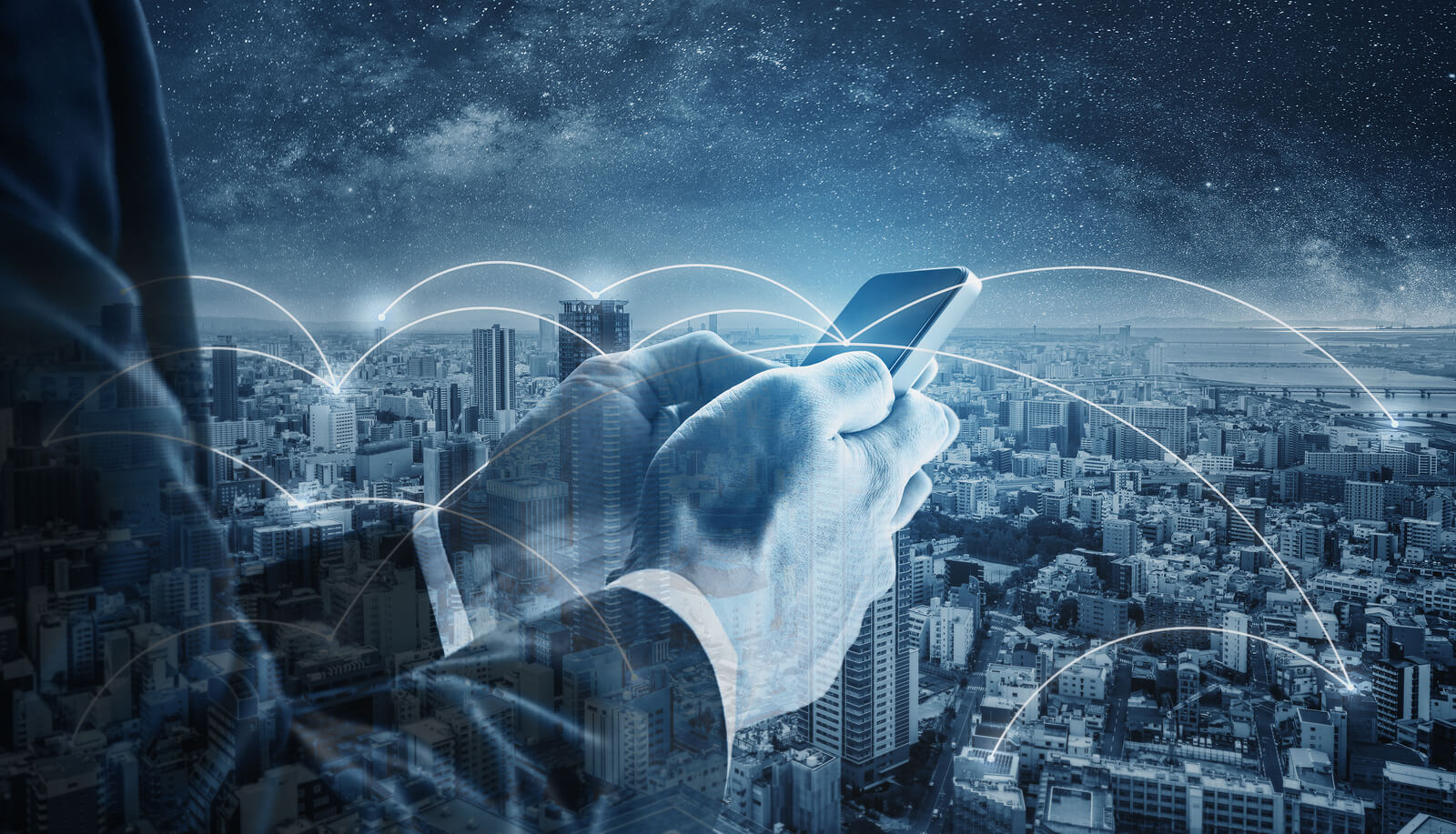As we begin a new decade, technology continues to evolve faster than ever before—making predictions like these challenging at best. As an individual or as an organization, those who aren’t keeping pace with where tech is moving us into the future risk being passed by. On the other hand, knowing what’s coming prepares you to seize opportunities before your competition. This article will give you that ammunition with our predictions for the five biggest tech trends for 2020.
Artificial Intelligence
We’ve heard about AI a lot over the past several years, and it continues to be a trend to watch. Artificial Intelligence mimics human reasoning and can perform tasks like decision making, as well as recognizing speech, patterns, and images. Its effects on how we work, play, and live are still in early stages. If you’ve used streaming services, personal assistants like Siri or Alexa, ridesharing, navigation apps, or smart home devices, you’ve used AI. In business, AI is used to predict maintenance, improve energy efficiency, assess business risk, and scheduling. And this technology will continue to evolve into more aspects of our lives—so keep an eye out for developments in this field.
Mobile Commerce
What’s mobile commerce? M-commerce includes shopping on your mobile device through mobile-friendly websites and intuitive apps. It also includes mobile banking, searching for products and reading product reviews, purchasing or renting digital content like video or music, and more. We’ve seen technology such as Apple Pay and Google Wallet edging into our lives for a while. Many of us dream of a world free of cash and cards instead allowing us to make our purchases in brick and mortar stores with a mobile device—and it’s a reality that will be here sooner than you think. So, if your business isn’t ready for mobile commerce, you could be missing out on a lot of sales.
IoT (Internet of Things)
A wide variety of “things” are being created with Wi-Fi built in, which means they can be connected to the internet and to each other—which is where the “Internet of Things” moniker comes from. Consumers are already using IoT devices to lock the doors remotely, turn on the air conditioner or preheat the oven while we’re on the way home from work, track fitness with wearables, and hail a rideshare. From cars to home appliances, wearables to gadgets, we’re only in the beginning stages of IoT. But managing security for these devices—at home or at work—will change the principles of IT management, so be sure to stay aware of updates in this area as these devices become increasingly ubiquitous.
5G
The fifth generation of mobile internet connectivity is finally becoming a reality. Consumers rejoice: these super-fast networks will enable us to stream music and video at higher quality while we’re on the go. But don’t forget bandwidth-hungry business applications—IIoT (Industrial Internet of Things) like self-driving cars, smart cities, and Industry 4.0 devices will all benefit from improvements to mobile coverage and speeds.
Blockchain
Most people have heard of blockchain technology only in the context of cryptocurrencies like Bitcoin. Blockchain is basically a digital ledger that records transactions securely, digitally, and in chronological order: it’s like a shared ledger that anyone with the right credentials can see. Think of it like data you can only add to—not change or delete—which makes a “chain” of data attached to a record. No one can ever change previous encrypted blocks, so it’s not possible for a single entity to control the data. And when you consider that a “transaction” can mean anything from a financial record to an accounting of where a specific part is currently located, you can see how using blockchain has virtually unlimited possibilities ahead.
